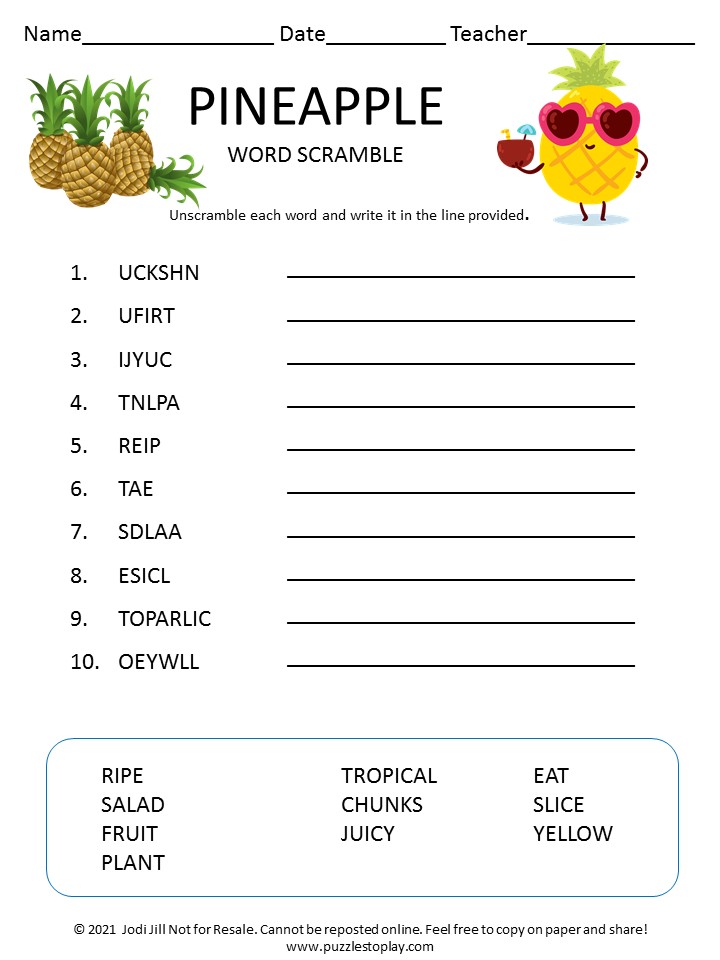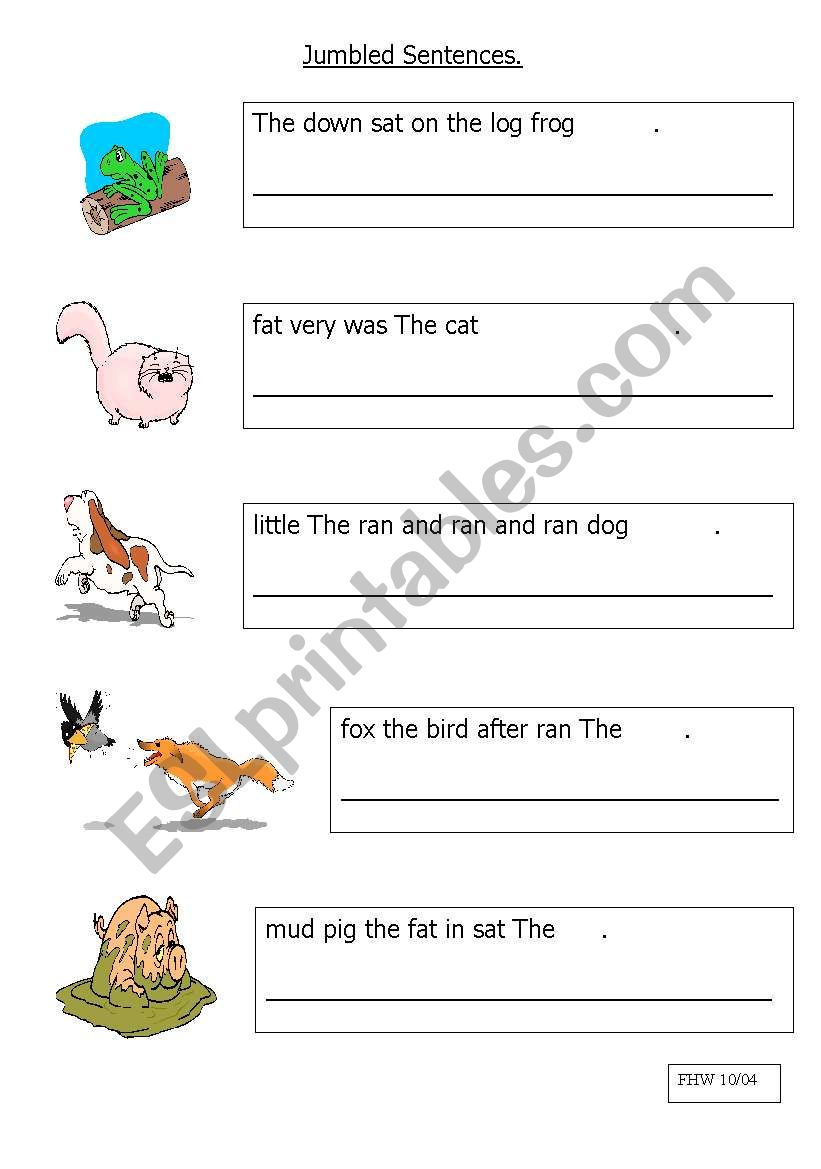
If you have a play around with this generator, you can see for yourself how properly randomising the middle letters of words can make text extremely difficult to read. This is why mixed-case text, such as alternating caps, is so difficult to read - it radically changes the shape of a word, even when all the letters are in the right place. There is evidence to suggest that ascending and descending elements play a role, too - that what we're recognising is the shape of a word. It's much easier to decipher aoccdrnig and mttaer than adcinorcg and metatr, for example. It also helps to keep double letters together. The words all more or less preserved their original sound - order was changed to oredr instead of odrer, for instance.
#EASY JUMBLE WORDS TRIAL#
This is because words that differ only in the position of two adjacent letters, such as calm and clam, or trial and trail, are more difficult to read. None of the words in the meme are jumbled to make another word - Davis gives the example of wouthit vs witohut.


However, the meme is only part of the story. "These are provided by the context in which we see them, our memories and our other senses." "Effectively, our brains construct an incredibly complex jigsaw puzzle using any pieces it can get access to," explained researcher Fraser Smith. In 2011, researchers from the University of Glasgow, conducting unrelated research, found that when something is obscured from or unclear to the eye, human minds can predict what they think they're going to see and fill in the blanks.

The phenomenon has been given the slightly tongue-in-cheek name " Typoglycaemia," and it works because our brains don't just rely on what they see - they also rely on what we expect to see.

In fact, there never was a Cambridge researcher (the earliest form of the meme actually circulated without that particular addition), but there is some science behind why we can read that particular jumbled text. This is because the human mind does not read every letter by itself but the word as a whole." The rest can be a total mess and you can still read it without problem. "According to a researche at Cambridge University, it doesn't matter in what order the letters in a word are, the only importent thing is that the first and last letter be at the right place. The meme asserts, citing an unnamed Cambridge scientist, that if the first and last letters of a word are in the correct places, you can still read a piece of text.


 0 kommentar(er)
0 kommentar(er)
